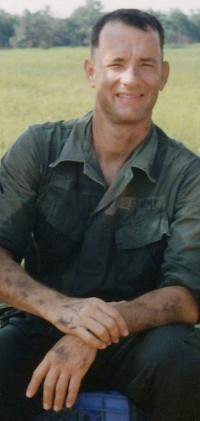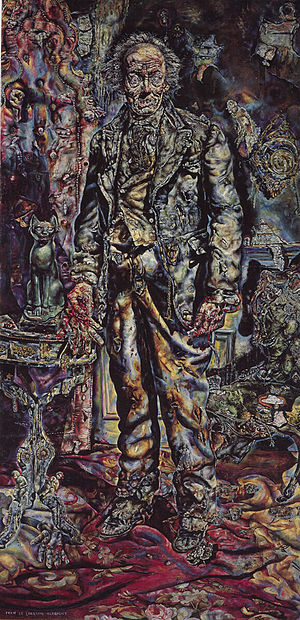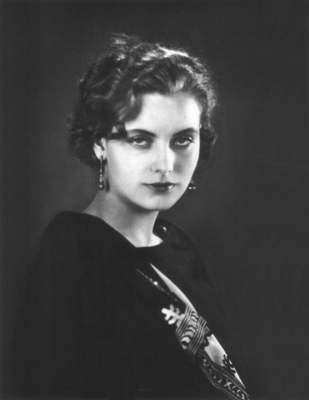In Season 8, Episode 7 of Penn & Teller’s magic competition show Fool Us, magician Hans Petter Secker appears to predict the outcome of three successive rounds of rock-paper-scissors, though Secker oversees the game remotely from Norway and the players are invited to exchange items before each round. How is this accomplished?
Entertainment
Out, Out!
In 1990, University of Houston English professor Earl Dachslager wrote to the New York Times “to settle once and for all the debate over the first references in print to the game of baseball.” He had found 11 in Shakespeare:
- “And so I shall catch the fly” (Henry V, Act V, Scene ii).
- “I’ll catch it ere it come to ground” (Macbeth, III, v).
- “A hit, a very palpable hit” (Hamlet, V, ii).
- “You may go walk” (The Taming of the Shrew, II, i).
- “Strike!” (Richard III, I, iv).
- “For this relief much thanks” (Hamlet, I, i).
- “You have scarce time to steal” (Henry VIII, III, ii).
- “O hateful error” (Julius Caesar, V, i).
- “Run, run, O run!” (King Lear, V, iii).
- “My arm is sore” (Antony and Cleopatra, II, v).
- “I have no joy in this contract” (Romeo and Juliet, II, ii).
“I trust that the question of who first wrote about baseball is now finally settled.”
The President’s Mystery
Franklin Roosevelt was a voracious reader of crime novels. “Hundreds are published every year, but even in the good ones, there is a sameness,” he complained over lunch to Liberty Magazine editor Fulton Oursler one day in 1935. “Someone finds the corpse, and then the detective tracks down the murderer.”
Oursler asked him whether he had any better ideas. He did: “How can a man disappear with five million dollars of his own money in negotiable form and not be traced?” Roosevelt said he had carried that question in his mind for years but had not solved it himself.
The editor knew a marketable idea when he heard one, and he recruited six of the period’s top mystery writers to work on a chain novel that appeared serially in the magazine beginning that November. (The writers were Rupert Hughes, Samuel Hopkins Adams, Anthony Abbott, Rita Weiman, S.S. Van Dine, and John Erskine.)
A year later the story was made into a film, above, with the memorable credit “Story Conceived by Franklin D. Roosevelt.” FDR remains the only president to earn a film-writing credit while in office.
A Feathered Nest

Characterizations of Scrooge McDuck’s wealth in the drawn stories of creator Carl Barks:
- 250 umptillion fabulatillion dollars
- 500,000,000,000,000,000,000,000,000,000,000,000,000,000,000,000,000,000,000,000,000,000,000,000,000,000.16 dollars
- Fantasticatrillionaire
- Five billion quadruplatillion umtuplatillion multuplatillion fantasticatillion centrifugalillion dollars and sixteen cents
- Five billion quintuplatillion umptuplatillion multuplatillion impossibidillion and so forth dollars and extra odd cents
- Five hundred triplicatillion multipludillion quadruplicatillion centrifugalillion dollars and sixteen cents
- Hyperfantasticatillionaire
- Nine fantasticatillion, four billionjillion, centrifugalillion dollars and sixteen cents
- Nine hundred fantasticatillion, seven hundred doubledecadecillion, eight hundred kumquatmafrillion …
- One quadrillion amplifatillion dollars
- One umptillion uncountabalillions of dollars
- Seven hundred and eighty-eight billion, four hundred and twenty-three million seventeen dollars and sixteen cents
- Ten skyrillion dollars
- Three cubic acres
- Three skyrillion dollars
In Forbes‘ estimation, McDuck’s wealth rose from $28.8 billion in 2007 to $44.1 billion in 2011 due to a rise in gold prices, but his total worth is notoriously hard to estimate. The famous money bin, he once told his nephews, is “just petty cash.”
The Wilcoxon Speech
The war drama Mrs. Miniver dominated the box office in 1942 and won six Oscars, but it’s remembered today chiefly for its final scene, in which a town vicar gives an inspiring speech in a bombed church, exhorting his flock to “free ourselves and those who come after us from the tyranny and terror that threaten to strike us down.”
The film was made before America had formally entered the war, and director William Wyler had rewritten this speech repeatedly on the night before shooting, in hopes that it would sway public opinion. “I’m a warmonger,” he said simply. “I was deeply concerned about Americans being isolationists. Mrs. Miniver obviously was a propaganda film.”
It succeeded beyond his hopes. Churchill claimed that the speech was “propaganda worth a hundred battleships,” and after a private screening at the White House, Franklin Roosevelt asked that it be translated into French, German, and Italian, broadcast throughout Europe on the Voice of America, and air-dropped in millions of leaflets into German-occupied territories.
Henry Wilcoxon, the actor who delivered the speech, must have had his own feelings about this — his only brother had been fatally injured at Dunkirk in 1940.
Playing to Type

When we see Tom Hanks in a film, we think of him as a decent, honest everyman in part because we’ve seen him play decent, honest everymen in many other movies. Casting directors choose him in part for this reason — they know that the audience has established a sense of his persona from previous films, and that this affects their perception of him. We all know this; actors are hired deliberately to elicit these effects.
But a movie is fiction, and enjoying it requires restricting our attention to the fictional world in which it takes place. As experienced moviegoers, if we see the hero dangling from a cliff early in the film, we know that he’ll survive, but we repress this knowledge in order to enjoy the suspense that the filmmakers intend. We put our knowledge of movie lore on hold.
But isn’t this precisely the same sort of movie lore that we use when we let a star’s persona fill out the character he or she is playing?
“Why is it appropriate to put our knowledge of star personae to work when watching a movie, but not our knowledge of how popular plots go 99.9% of the time?” asks CUNY philosopher Noël Carroll. “Why is access to one kind of movie lore legitimate and access to the other kind not?”
(Noël Carroll, “The Problem With Movie Stars,” in his Minerva’s Night Out, 2013.)
Boo!
In honor of Halloween, here’s the first horror film, Georges Méliès’ The Haunted Castle. Originally released in 1896, the year before Dracula was published, it had been thought to be lost until 1988, when a copy was discovered in the New Zealand Film Archive.
Though it’s full of horrific trappings, in general Méliès intended it to amuse and astonish rather than to shock. The filmmaker himself appears as Mephistopheles, and the woman conjured from the cauldron is Jehanne d’Alcy, who would become his second wife.
Character Study

The Art Institute of Chicago has an actual picture of Dorian Gray — Ivan Le Lorraine Albright painted it for the 1946 film adaptation of Oscar Wilde’s novel. Working with his twin brother Malvin, Albright started with a pleasant portrait of star Hurd Hatfield and prepared three further canvases reflecting his character’s moral decay.
“For research for these paintings,” reported LIFE, “the twins made the rounds of the local insane asylums, alcoholic wards and hospitals for the incurably diseased.” Even the props in the background were corrupted — the Egyptian cat grows gray and mangy, and Ivan tore the rug and soaked it with acid.
Interestingly, though most of the film was shot in black and white, the portrait was shown in Technicolor — which may have helped the film win its Oscar for best cinematography.
Ethology

In 1990, entomologists J.W. Early and I.D. Naumann named a new species of solitary wasp Rostropria garbo — because it wants to be alone.
Upscale

The birdhouse at George Lucas’ Skywalker Ranch is a replica of the 50,000-foot main house. Working from the original blueprints, architect Thomas Burke produced the structure in four months and installed it in April 2011. Roughly the size of a Volkswagen Beetle, it has four levels and 50 individual compartments, each with a separate entry made of PVC piping.
(Via Anne Schmauss, Birdhouses of the World, 2014.)
